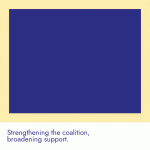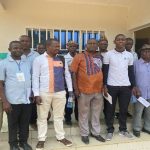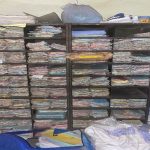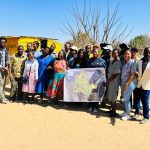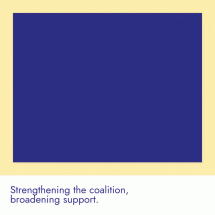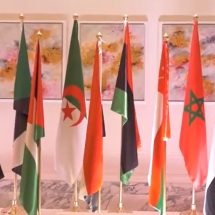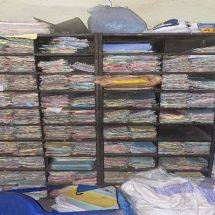In 2013, the first Social Tenure Domain Model (SDTM) learning event was held in one of the cities in Metro Manila in the Philippines. The event was organized by the Technical Assistance Movement for People and Environment Inc. (TAMPEI) and Homeless People’s Federation Philippines Inc. (HPFPI), under the umbrella organization, Philippine Alliance, in collaboration with GLTN. This was the beginning of a successful partnership between these organizations which sought to build the capacity of informal settlement communities to play an active role in sustainable city planning processes. The STDM tool and process has since been found suitable for the collection of accurate, up-to-date information on basic services, land tenure and other aspirations of the people living in informal settlements besides managing data at both the community and city levels.
Today, this initiative has already covered the whole city of Muntinlupa where information of about 186 informal settler communities in eight barangays located in both risky and safe areas where information on both private and government land has been captured. This work builds up on the, ‘Citywide Development Approach to Informal Settlements Upgrading project’ that was commissioned in 2014 by the World Bank in close partnerships with government authorities and urban poor communities, with the aim of scaling up slum upgrading efforts through the mapping of all informal settlements, developing a citywide shelter development plan, and systematically allocating resources.
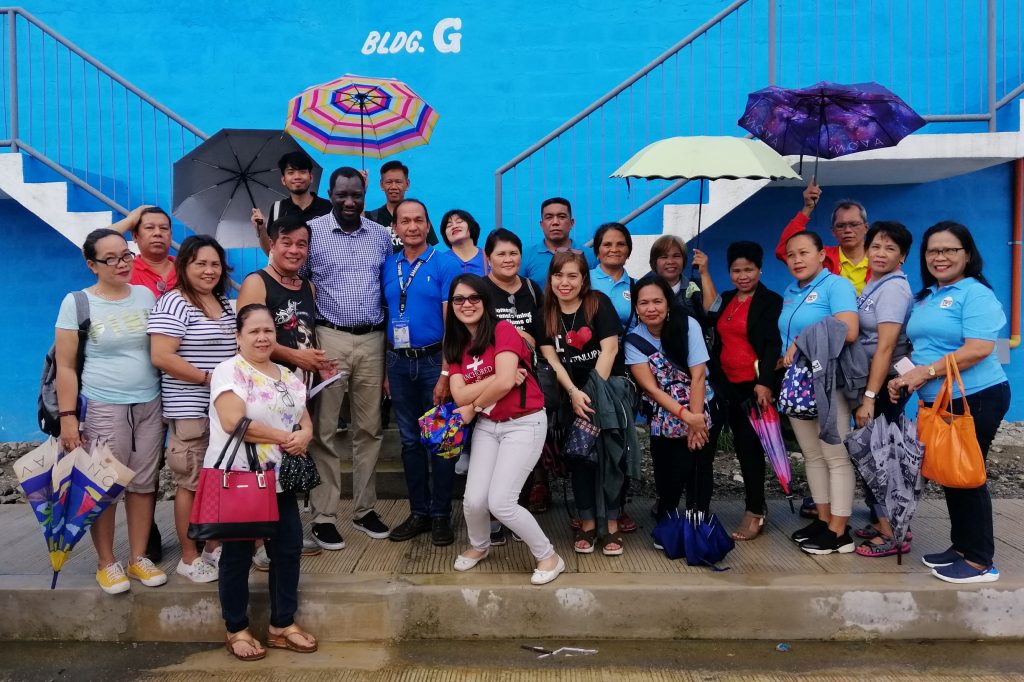
As part of the routine monitoring activities to inform project implementation decisions, the Land and Global GLTN Unit leader, Mr. Oumar Sylla visited the city of Muntinlupa between the 20th and 21st of September 2019 where he was hosted by the implementing partners TAMPEI, HPFPI and the GLTN focal point in the Philippines Ms. Lunalyn Cagan. Together with different community leaders from eight barangays in Muntinlupa, Mr. Sylla participated in field visits and actively interacted with communities on the current interventions, and their experiences since the initiation of mapping enumeration in the city of Muntinlupa.
The project in Muntinlupa has gained support from the city mayor and the city’s Urban Poor Affairs Office (UPAO). Likewise, the findings of the mapping and enumeration exercise have been presented to the Local Housing Board (LHB) which has enabled the recognition of TAMPEI and HPFPI as key organizations working in the informal settlements, and with this, the reservation of key positions on the LHB. At the barangay level, a Barangay Shelter Plan was established in one barangay in Muntinlupa; the Barangay Sucat. It is expected that this will be replicated and adapted by other barangays.

The Participatory and community-led processes during the implementation of this project have also created a platform for community members to bring their concerns on the table. The formation of a Technical Working Group (TWG) made up of community leaders from the 8 barangays has given a voice to the urban poor sector, specifically the informal settler families (ISFs) regarding their inclusion in the planning of the city. This has been made possible through their active engagement and participation in capacity building activities which has built their awareness and confidence in pursuing their rights to having secure tenure.

